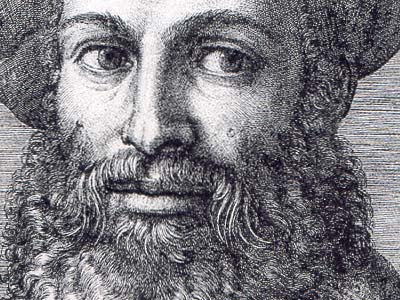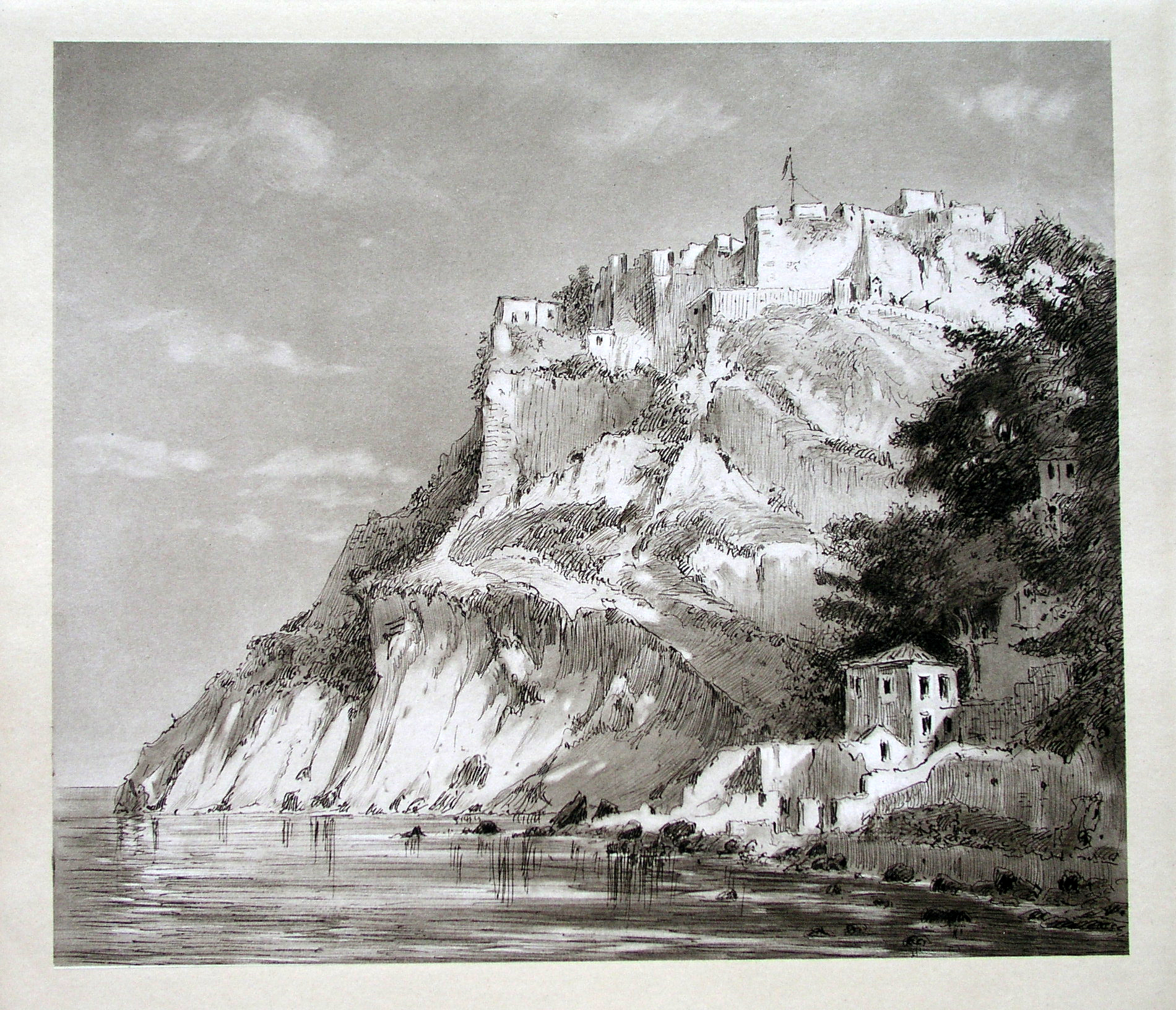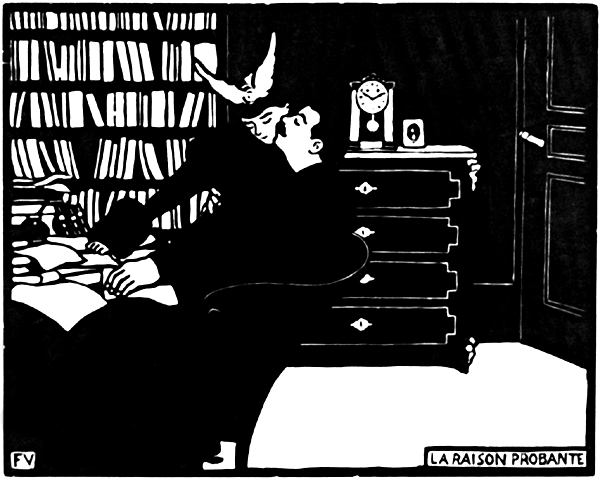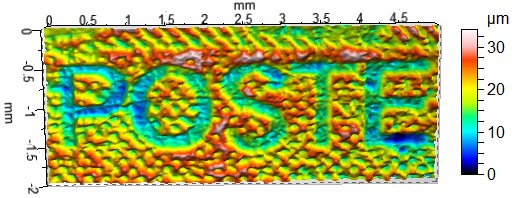|
Engraving
Engraving is the practice of incising a design on a hard, usually flat surface by cutting grooves into it with a Burin (engraving), burin. The result may be a decorated object in itself, as when silver, gold, steel, or Glass engraving, glass are engraved, or may provide an Intaglio (printmaking), intaglio printing plate, of copper or another metal, for printing images on paper as prints or illustrations; these images are also called "engravings". Engraving is one of the oldest and most important techniques in printmaking. Wood engravings, a form of relief printing and stone engravings, such as petroglyphs, are not covered in this article. Engraving was a historically important method of producing images on paper in artistic printmaking, in mapmaking, and also for commercial reproductions and illustrations for books and magazines. It has long been replaced by various photographic processes in its commercial applications and, partly because of the difficulty of learning the techni ... [...More Info...] [...Related Items...] OR: [Wikipedia] [Google] [Baidu] |
Laser Engraving
Laser engraving is the practice of using lasers to engrave an object. The engraving process renders a design by physically cutting into the object to remove material. The technique does not involve the use of inks or tool bits that contact the engraving surface and wear out, giving it an advantage over alternative marking technologies, where inks or bit heads have to be replaced regularly. It is distinct from laser marking, which involves using a laser to mark an object via any of a variety of methods, including color change due to chemical alteration, charring, foaming, melting, ablation, and more. However, the term laser marking is also used as a generic term covering a broad spectrum of surfacing techniques including printing, hot-branding, and laser bonding. The machines for laser engraving and laser marking are the same, so the two terms are sometimes confused by those without relevant expertise. The impact of laser marking has been more pronounced for specially designe ... [...More Info...] [...Related Items...] OR: [Wikipedia] [Google] [Baidu] |
Glass Engraving
Engraved glass is a type of decorated glass that involves shallowly engraving the surface of a glass object, either by holding it against a rotating wheel, or manipulating a "diamond point" in the style of an engraving burin. It is a subgroup of glass art, which refers to all artistic glass, much of it made by "hot" techniques such as moulding and blowing melting glass, and with other "cold" techniques such as glass etching which uses acidic, caustic, or abrasive substances to achieve artistic effects, and cut glass, which is cut with an abrasive wheel, but more deeply than in engraved glass, where the engraving normally only cuts deeply enough into the surface to leave a mark. Usually the engraved surface is left "frosted" so a difference is visible, while in cut glass the cut surface is polished to restore transparency. Some pieces may combine two or more techniques. There are several different techniques of glass engraving. It has been practised since ancient times, including ... [...More Info...] [...Related Items...] OR: [Wikipedia] [Google] [Baidu] |
Line Engraving
Line engraving is a term for engraved images printed on paper to be used as prints or illustrations. The term is mainly used in connection with 18th- or 19th-century commercial illustrations for magazines and books or reproductions of paintings. It is not a technical term in printmaking, and can cover a variety of techniques, giving similar results. Steel engraving is an overlapping term, for images that in fact are often mainly in etching, mostly used for banknotes, illustrations for books, magazines and decorative prints, often reproductive, from about 1820 to the early 20th century, when the technique became less used. ''Copperplate engraving'' is another somewhat outdated term for engravings. With photography long established, engravings made today are nearly all artistic ones in printmaking, but the technique is not as common as it used to be; more than other printmaking techniques, engraving requires great skill and much practice, even for an experienced artist. Techniqu ... [...More Info...] [...Related Items...] OR: [Wikipedia] [Google] [Baidu] |
Wood Engravings
Wood engraving is a printmaking technique, in which an artist works an image into a block of wood. Functionally a variety of woodcut, it uses relief printing, where the artist applies ink to the face of the block and prints using relatively low pressure. By contrast, ordinary engraving, like etching, uses a metal plate for the matrix, and is printed by the intaglio method, where the ink fills the ''valleys'', the removed areas. As a result, the blocks for wood engravings deteriorate less quickly than the copper plates of engravings, and have a distinctive white-on-black character. Thomas Bewick developed the wood engraving technique in Great Britain at the end of the 18th century. His work differed from earlier woodcuts in two key ways. First, rather than using woodcarving tools such as knives, Bewick used an engraver's burin (graver). With this, he could create thin delicate lines, often creating large dark areas in the composition. Second, wood engraving traditionally uses ... [...More Info...] [...Related Items...] OR: [Wikipedia] [Google] [Baidu] |
Old Master Print
An old master print (also spaced masterprint) is a work of art produced by a printing process within the Western tradition (mostly by Old Masters). The term remains current in the art trade, and there is no easy alternative in English to distinguish the works of "fine art" produced in printmaking from the vast range of decorative, utilitarian and popular prints that grew rapidly alongside the artistic print from the 15th century onwards. Fifteenth-century prints are sufficiently rare that they are classed as old master prints even if they are of crude or merely workmanlike artistic quality. A date of about 1830 is usually taken as marking the end of the period whose prints are covered by this term. The main techniques used, in order of their introduction, are woodcut, engraving, etching, mezzotint and aquatint, although there are others. Different techniques are often combined in a single print. With rare exceptions printed on textiles, such as silk, or on vellum, old master print ... [...More Info...] [...Related Items...] OR: [Wikipedia] [Google] [Baidu] |
Steel Engraving
Steel engraving is a technique for printing illustrations on paper using steel printing plates instead of copper, the harder metal allowing a much longer print run before the image quality deteriorates. It has been rarely used in artistic printmaking, although it was much used for reproductions in the 19th century. Steel "engraving", in fact technically mostly using etching, was introduced in 1792 by Jacob Perkins (1766–1849), an American inventor, for banknote printing. When Perkins moved to London in 1818, the technique was adapted in 1820 by Charles Warren and especially by Charles Heath (1785–1848) for Thomas Campbell's ''Pleasures of Hope'', which contained the first published plates engraved on steel. The new technique only partially replaced the other commercial line engraving techniques of that time such as wood engraving, copper engraving and later lithography. Process Confusingly, the printmaking technique used in steel engravings is, after the earliest years ... [...More Info...] [...Related Items...] OR: [Wikipedia] [Google] [Baidu] |
Photoengraving
Photoengraving is a process that uses a light-sensitive photoresist applied to the surface to be engraved to create a mask that protects some areas during a subsequent operation which etches, dissolves, or otherwise removes some or all of the material from the unshielded areas of a substrate. Normally applied to metal, it can also be used on glass, plastic and other materials. A photoresist is selected which is resistant to the particular acid or other etching compound to be used. It may be a liquid applied by brushing, spraying, pouring or other means and then allowed to set, or it may come in sheet form and be applied by laminating. It is then exposed to light—usually strong ultraviolet (UV) light—through a photographic, mechanically printed, or manually created image or pattern on transparent film. Alternatively, a lens may be used to project an image directly onto it. Typically, the photoresist is hardened where it receives sufficient exposure to light, but some photores ... [...More Info...] [...Related Items...] OR: [Wikipedia] [Google] [Baidu] |
Printmaking
Printmaking is the process of creating work of art, artworks by printing, normally on paper, but also on fabric, wood, metal, and other surfaces. "Traditional printmaking" normally covers only the process of creating prints using a hand processed technique, rather than a photographic reproduction of a visual artwork which would be printed using an electronic machine (Printer (computing), a printer); however, there is some cross-over between traditional and digital printmaking, including risograph. Prints are created by transferring ink from a Matrix (printing), matrix to a sheet of paper or other material, by a variety of techniques. Common types of matrices include: metal plates for engraving, etching and related intaglio printing techniques; stone, aluminum, or polymer for lithography; blocks of wood for woodcuts and wood engravings; and linoleum for linocuts. Screens made of silk or synthetic fabrics are used for the screen printing process. Other types of matrix substrates ... [...More Info...] [...Related Items...] OR: [Wikipedia] [Google] [Baidu] |
Intaglio (printmaking)
Intaglio ( ; ) is the family of printing and printmaking techniques in which the image is incised into a surface and the incised line or sunken area holds the ink. It is the direct opposite of a relief print where the parts of the matrix that make the image stand ''above'' the main surface. Normally copper, or in recent times zinc, sheets called plates are used as a surface or matrix, and the incisions are created by etching, engraving, drypoint, aquatint or mezzotint, often in combination. Collagraphs may also be printed as intaglio plates. After the decline of the main relief technique of woodcut around 1550, the intaglio techniques dominated both artistic printmaking as well as most types of illustration and popular prints until the mid 19th century. The word "intaglio" describes prints created from plates where the ink-bearing regions are recessed beneath the plate's surface. Though brass, zinc, and other materials are occasionally utilized, copper is the most commo ... [...More Info...] [...Related Items...] OR: [Wikipedia] [Google] [Baidu] |








